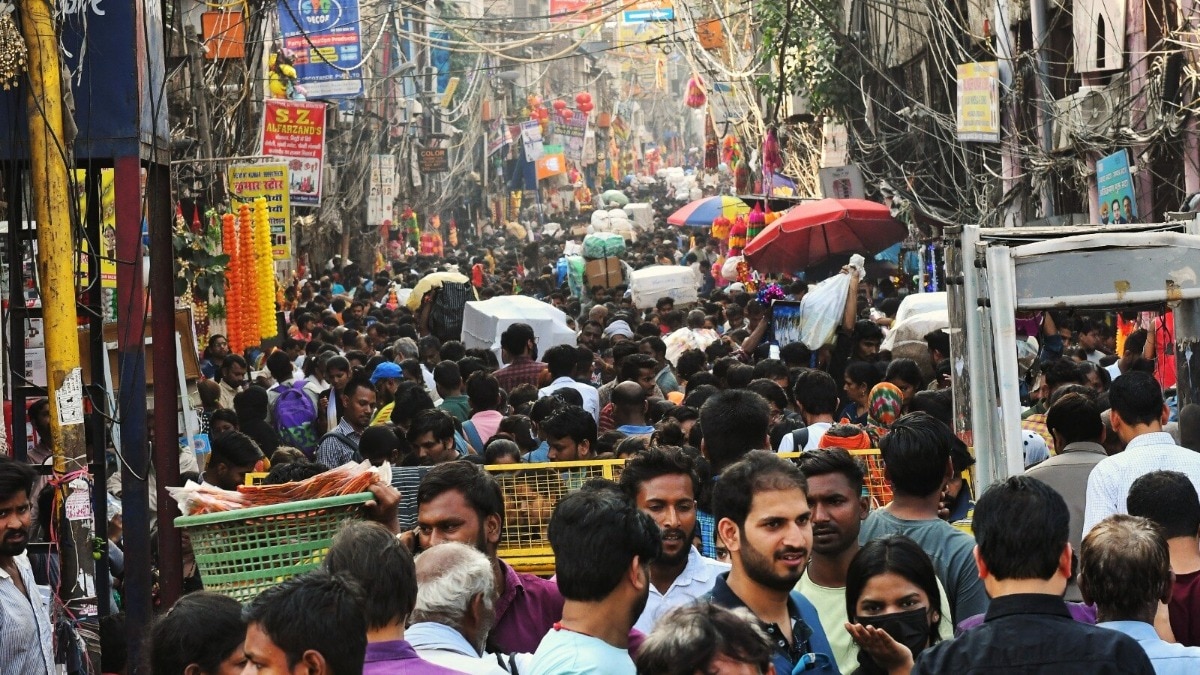Physical Address
304 North Cardinal St.
Dorchester Center, MA 02124
Physical Address
304 North Cardinal St.
Dorchester Center, MA 02124

India’s fertility rate has slipped below the replacement threshold for the first time—down to 1.9 births per woman—raising quiet alarm bells.
Investment banker Sarthak Ahuja calls it a crisis of control, not choice, pointing to affordability, delayed parenthood, and systemic stress as key drivers.
Referencing the UN Population Fund’s 2025 State of World Population Report, Ahuja writes on LinkedIn that the fertility rate, once stable at the replacement level of 2.1, has now fallen beneath it.
He warns this trend reflects more than demographics—it signals that many Indians no longer feel empowered to start families.
“Almost 40% of people surveyed said they can’t afford to have a child,” Ahuja notes, breaking it down to job insecurity (21%) and unaffordable housing (22%) as top barriers. Another 28% cited poor health (15%) or infertility (13%) as reasons—and Ahuja suspects underreporting on the latter due to stigma.
While India still reports high adolescent fertility in certain regions, delayed marriage in urban centres is compounding the problem. Career focus, educational pressures, and soaring urban costs have pushed many to postpone parenthood, often into biologically riskier windows.
Ahuja outlines two likely responses to this shift.
First, he sees couples opting for remote work in tier 2 or satellite towns—accepting lower pay in exchange for livable costs and family-friendly space. “₹1 lakh in a tier 2 town can stretch further than ₹2 lakh in a metro,” he argues.
Second, egg freezing may become normalized among young, career-focused women. Ahuja believes it could shift from a fringe option to a routine part of reproductive planning.
But the real concern, he says, goes deeper than just numbers. “The problem really is not a falling population (or having a child or not)… it’s more about people feeling these decisions are not in their control.”